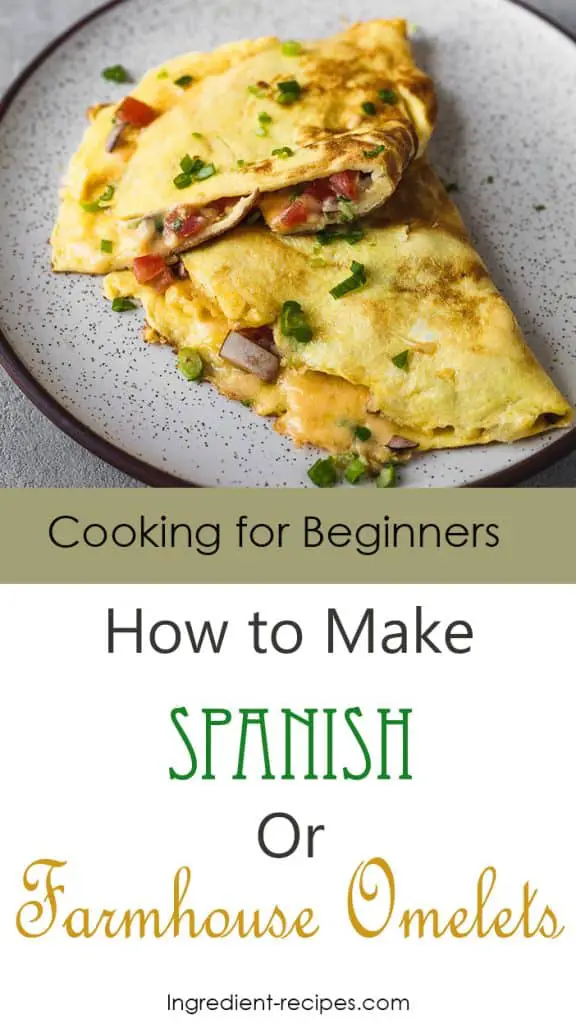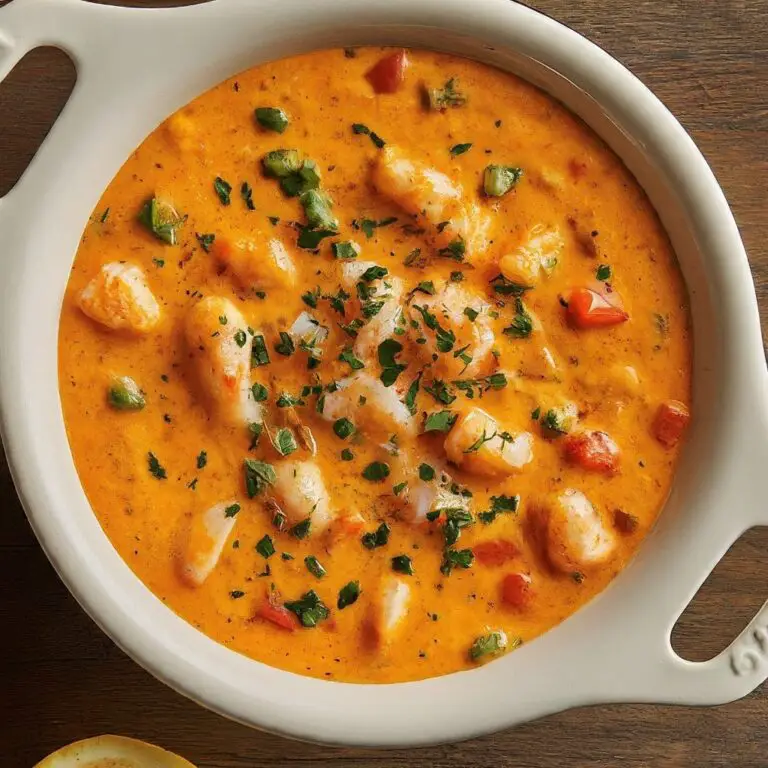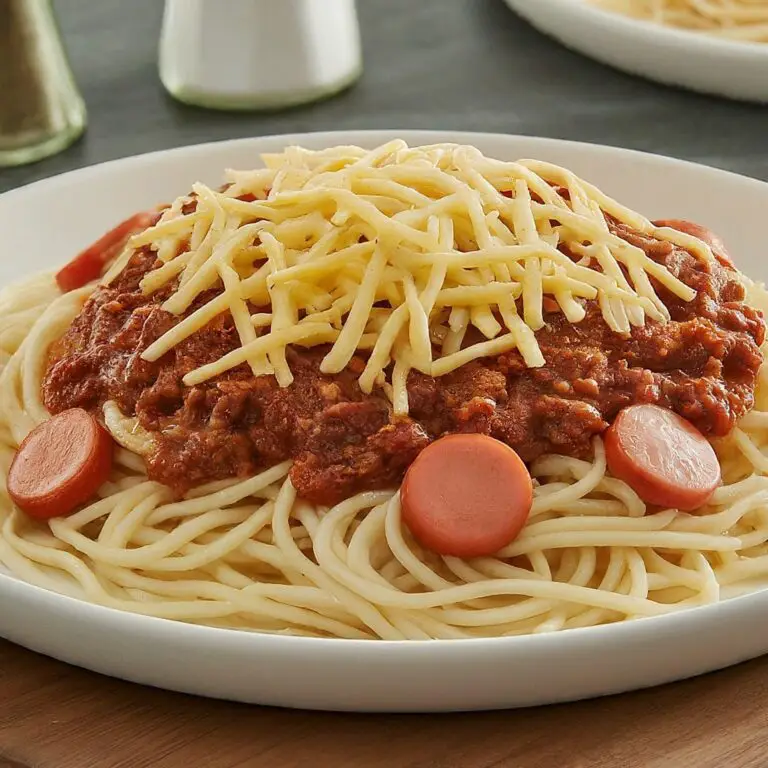
Once you have mastered basic omelet techniques, you are ready for something just a little more interesting.
In addition to omelets being filled and folded, they can also be used a base for a substantial meal and even in a similar way to pizza. This type of omelet is cooked over a gentler heat (no more than Medium) and are not stirred or broken up initially but instead are lifted at the edges to allow the fluid to flow underneath.
These omelets take only a moment or two longer to cook and the whole meal is prepared in one pan so for a substantial breakfast or quick lunch, made in moments, try a Spanish or Farmhouse omelet.
How to Make a Spanish or Farmhouse Omelet
The Spanish omelet is said to have been invented by a Spanish housewife for Napoleon Bonaparte when he was campaigning in Spain. It consisted of layers of fried potatoes bound with eggs into an omelet. Napoleon was so impressed that he asked for the same dish to be cooked for his generals the following day. Since then, this method has become a favorite way of producing a quick one-dish meal.
In Spain, the standard “Spanish Omelet” is still the original potato and egg dish but elsewhere usually contains meat and a colorful mixture of peppers or other vegetables. They may also be called Farmhouse omelets, because they are cooked with ready to hand farm ingredients.
The Recipe for a Typical Spanish Omelet (for one person)
- 3 rashers of bacon
- ½ red and ½ green bell pepper, diced*
- OR ½ pack of frozen or canned mixed veg
- ½ tablespoon of butter
- 3 eggs
- 2 tablespoons of milk
- A sprinkle of Mrs. Dash and black pepper
- A sprinkle of dried parsley
- Grated cheese
1. Prepare as for a basic omelet. If cooking for two people, double the quantities and use a 10” or 12” (25 or 30cm) skillet.
2. If using frozen vegetables, place them in an oven-proof glass or ceramic dish in the microwave with a little water and heat for 2 minutes.
3. Melt the butter in an 8” or 10” (20 or 25cm) skillet over a Medium heat until it froths. Cut up the bacon into ½” (15mm) strips with a knife or kitchen scissors and add it to the pan. Fry for 2 minutes.
4. Add the peppers or mixed vegetables and cook for 2-3 minutes more until the peppers have softened or the vegetables are heated through.
5. In the meantime, whisk the eggs, milk and seasonings together in a bowl (but not the cheese).
6. When the vegetables are heated through add the egg mixture to the skillet, stir quickly to spread the vegetables out evenly in the pan and then turn the heat down to Medium-Low.
7. After one minute, as the mixture starts to set, gently lift up the edges of the omelet to allow uncooked fluid to flow underneath. Repeat at 30-second intervals until the omelet is almost completely set (just a film of almost jelly-like fluid on the top.
8. Now sprinkle the omelet with grated cheese and cook the omelet for one or two moments more until the omelet is completely set and the cheese melts.
Serve immediately with crusty bread or additional sides for a hearty meal.
Spicy Spanish Omelet
For a spicier version, substitute chopped green chilis for the vegetables and add a quarter of a medium onion, chopped, and fry this with the chilis. Add a couple of pinches of Cayenne pepper or ¼ teaspoon of paprika or chili powder to the egg mixture.
Meaty Spanish Omelet
Add 4oz (120g) of sliced sausage or ground beef and a quarter of a medium onion per person to the above recipe. Slice and chop the onion. Brown the sausage or the beef in the skillet first of all in a couple of teaspoons of oil and then drain off the fat. Add the butter and fry the bacon for a moment. Now add the onion, the vegetables, ¼ teaspoonful of paprika and some black pepper and continue as indicated above. Serve immediately with crusty bread or additional sides for a hearty meal.
This omelet can be made hotter and spicier by using chorizo sausage or smoked or hot links sliced into ¼” (6mm) slices, substituting green chilis for the other vegetables (except the onion) and substituting chili powder for the paprika.







